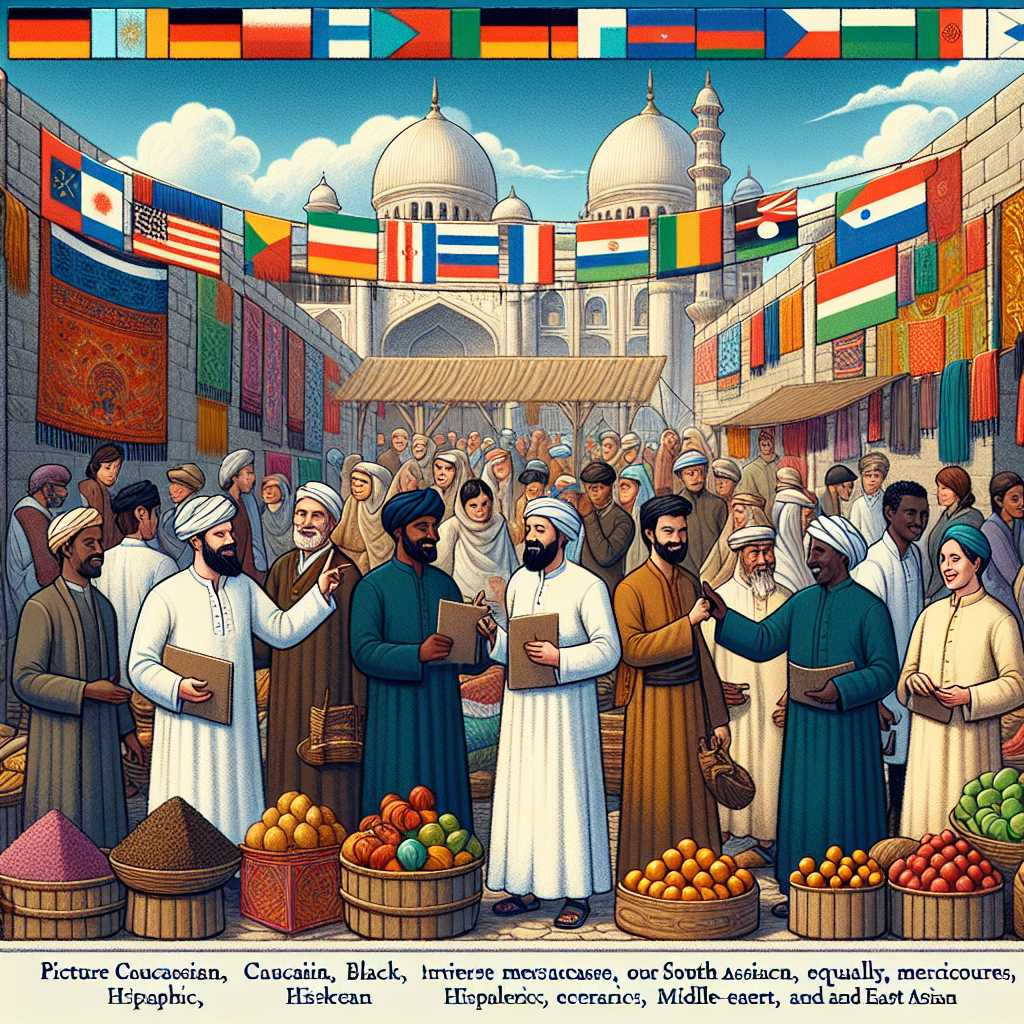Exploring the Unique Relationship Between Brazil and Paraguay: Cultural, Historical, and Economic Perspectives
The relationship between Brazil and Paraguay is a multifaceted one, encompassing historical ties, cultural exchanges, economic interdependence, and diplomatic engagements. Despite their geographically shared borders and certain similarities, the two South American countries have also experienced their share of tensions and cooperative efforts over the years. In this extended analysis, we will delve deeper into the cultural affinities and differences, touch on the historical background that shaped the relationship, explore the states of their economic linkages, discuss contemporary political interactions, and highlight the role of environmental cooperation particularly concerning the energy sector.
Cultural Exchanges and Linguistic Bonds: An Overview
Two diverse yet intricately linked societies, Brazil and Paraguay, showcase a rich tape ?a historic process of mingling between indigenous groups, European colonizers—primarily from Portugal and Spain—and African slaves. This mix has produced culturally rich nations with unique customs, traditions, culinary flavors, and art forms.
Brazil is often known for its festive spirit epitomized by Carnival and samba music, while Paraguay is renowned for its folk dance known as Paraguayan polka and harp music. Within both countries resides a significant multicultural population including indigenous communities like the Guarani people, whose presence further binds the two nations together.
Correspondingly, language plays a crucial connecting role; Portuguese is spoken predominantly in Brazil but along the border areas both with Paraguay and other neighbors, a mixture named Portuñol or Brasilyeñol becomes common. Meanwhile, Paraguay remains unique as a bilingual nation where Guaraní is widely spoken alongside Spanish.
Historical Background: Moments of Conflict and Cooperation
Historically, Brazil’s relationship with its southwestern neighbor has not always been amicable. The clash between the two countries peaked in the form of the Paraguayan War (also known as the War of The Triple Alliance) from 1864 to 1870 which involved Paraguay pitted against an alliance of Brazil, Argentina, and Uruguay. The war was devastating particularly for Paraguay causing severe loss of life and territory.
Post-war relations improved gradually through diplomatic efforts leading to numerous treaties and agreements over shared resources like waterways. Additionally, both nations have worked collaboratively towards reconstruction and development practically reversing much of the historical adversity.
Economic Bonds: Opportunities and Challenges
The modern-day economic relationship between Brazil and Paraguay significantly impacts both nations. Brazil is among Paraguay’s most paramount economic partners involved in vital import-export activities. Conversely, Brazil considers its smaller neighbor as significant due to their interconnected trade routes essential for landlocked Paraguay.
Within this context lies Itaipu Binacional, a hydroelectric dam on the Paraná River which is operated jointly by both countries producing a vital electricity supply for both regional powers. However complex trade disparities sometimes cause tension related to cheaper imports from Paraguay affecting Brazilian manufacturers in addition to eminent disputes about energy pricing from Itaipu.
Moreover, Mercosur—the South American trading bloc which includes both Brazil and Paraguay—aims to facilitate free trade within member nations spreading socio-economic benefits through integration while sometimes differently impacting interests within respective national policies.
Contemporary Political Interactions: Navigating Diplomatic Waters
Diplomatically, Brazil exercises considerable influence in South America due to its size, economy, and political weight hence Arranging relationships which sail smoothly remains crucial with its neighbors including Paraguay. Unboxing formal visits political dialogues suggest dimensions where shared strategies encompassing border security transnational crime counteractions display significance).
Controversially different approaches sometimes make waves such as contrasting stances on unfolding regional political crises or involvement with bigger international entities revealing underneath currents necessitating assured joint diplomatic maneuverings.
Environmental Cooperation: A Shared Legacy
One of the keystones of bilateral ties relates to environmental management particularly charged discussions on deforestation wildlife protection chipping into consolidating one voice towards climate commitments international stage reads record however pressurizing duty protect shared ecosystems compose paraguay river basins genuine partnership policy making talks cases come together devise better green strategies commonly benefit mirror planetary level concerns comprehend needed climate change fortification global consciousness here bi-national activities play rollicking narratives humankind fights sustaining viably possible practicing cautious optimistic realm evolutionary track.
Notes
*Image description: A vibrant scene depicting bustling border trade activity or a symbolic representation like intertwined flags would best represent this article.*

